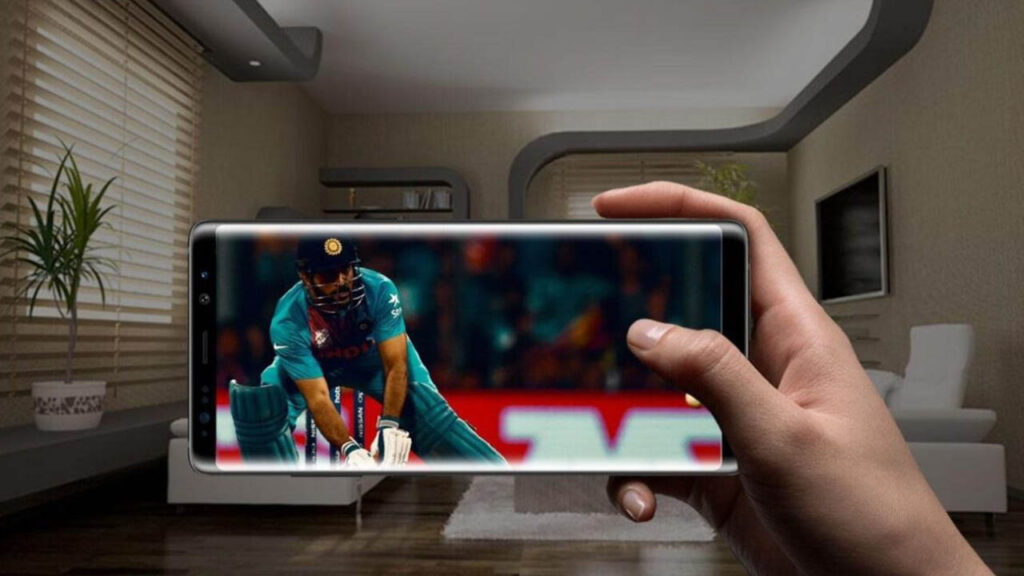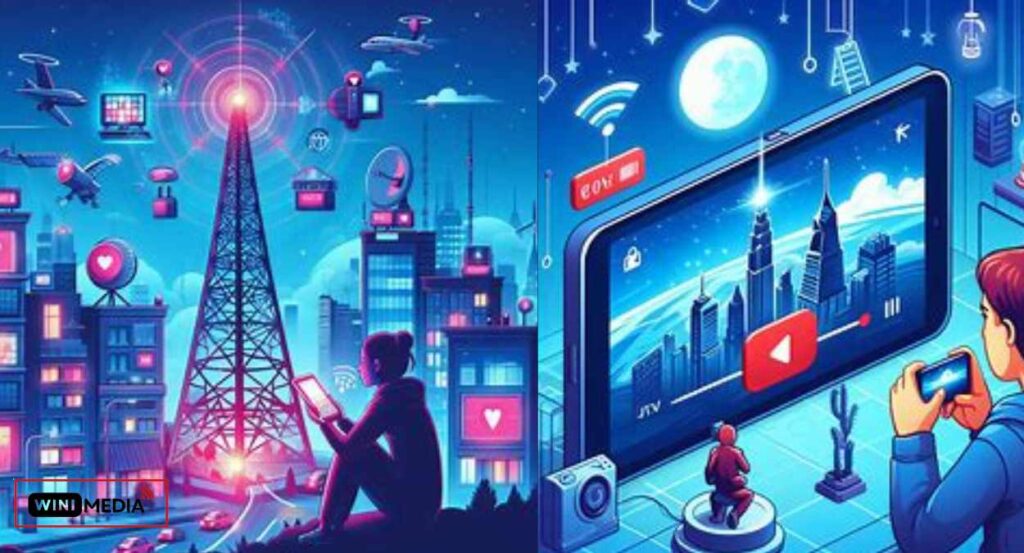The Indian government is set to introduce the Direct-to-Mobile (D2M) initiative, aiming to bring digital access to the country, even in areas without internet connectivity. Despite the absence of an official timeline, there is no mandatory requirement for handset manufacturers to incorporate D2M technology. The government is keen on embracing D2M without imposing restrictions on handset manufacturers, according to Secretary of the Ministry of Information and Broadcasting, Apurva Chandra.

With D2M technology, it is anticipated that millions of Indians will gain access to digital services, benefitting various sectors such as telecom, science and technology, broadcasting, electronics, and information technology ministries. The government has already conducted trials in 19 cities, including Bangalore, to test the feasibility of this technological advancement.
D2M, similar to FM radio, relies on signals received by the receiver in mobile phones from satellites. While concerns are raised about the compatibility of existing phones with D2M, experts suggest that specific components such as antennas, low-noise amplifiers, band filters, receivers, and special band processing units may be necessary for the technology to function optimally.

The government’s interest in D2M technology stems from its potential to provide video content to smartphones in regions lacking internet connectivity. This can be particularly beneficial for education and other sectors, ensuring quality video content delivery to rural communities without relying on traditional spectrum-based networks.
However, the Telecom Operators Association of India (COAI) emphasizes the need for a thorough regulatory framework for spectrum allocation, network synchronization, and cost arbitration for successful implementation. The government’s decision to clear a 112 MHz spectrum band exclusively for D2M technology is currently under scrutiny.

As India’s mobile data consumption continues to rise, reaching an estimated 44.3 exabytes per month by 2024, the government believes that D2M implementation will reduce the burden on 4G and 5G networks. The potential reduction in network congestion is expected to enhance the efficiency of telecom networks, offering a new dimension to mobile data consumption.

While D2M introduces a new phase in India’s technological development, the debate on its impact on mobile phone manufacturers and telecom operators persists. The success of D2M will hinge on factors such as spectrum allocation, network synchronization, regulatory clarity, and cost arbitration, all of which need careful consideration to ensure the seamless integration of D2M technology into India’s digital landscape.
